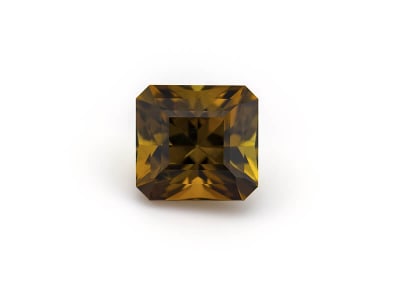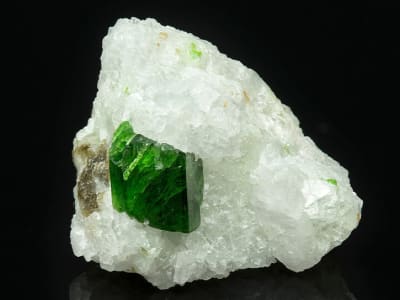Pargasite mostly occurs in a brown color, but has been found in greenish-brown to dark green and black. This gemstone was first found in Finland in 1814 and is named for its site of discovery. A member of the amphibole group, pargasite is closely related to hornblende. Some fine specimens of this rare gemstone have been faceted.
General Information
Common Name
Pargasite
Species
Pargasite
Transparency
Transparent - Translucent
Dispersion
Strength: Weak Fire
Refractive Index
1.613-1.670
Birefringence
0.020- 0.024
Optic Character
Biaxial
Optic Sign
Positive
Polariscope Reaction
Aggregate (AGG), Doubly Refractive (DR)
Fluorescence
SWUV: Inert to weak green
LWUV: Inert
LWUV: Inert
Pleochroism
Trichroic, (in brown gems) moderate to strong colorless, yellow, and brown; (in green gems) moderate to strong greenish yellow, green, and greenish blue
Hardness
5-6
Streak
Grayish or brownish green
Specific Gravity
3.040-3.260
Toughness
Poor
Luster
Vitreous
Stability
Brittle
Fracture
Uneven
Cleavage
Perfect, in one direction
Chemical Formula
NaCa2(Mg4Al)Si6Al2O22(OH)2
Crystal System
Monoclinic
Chemistry Classification
Silicate
Pargasite Colors
-
 Black
Black -
 Brown
Brown -
 Brown
Brown -
 Green
Green
Alternate Names
Pargasitic Hornblende
Countries of Origin
Tanzania, United Republic Of; Viet Nam; Sri Lanka; United States of America; United Kingdom of Great Britain and Northern Ireland; Canada; Sweden; Pakistan; Unknown; China; Australia; Chile; Ethiopia
Care
Normal care, requires gentle handling.

